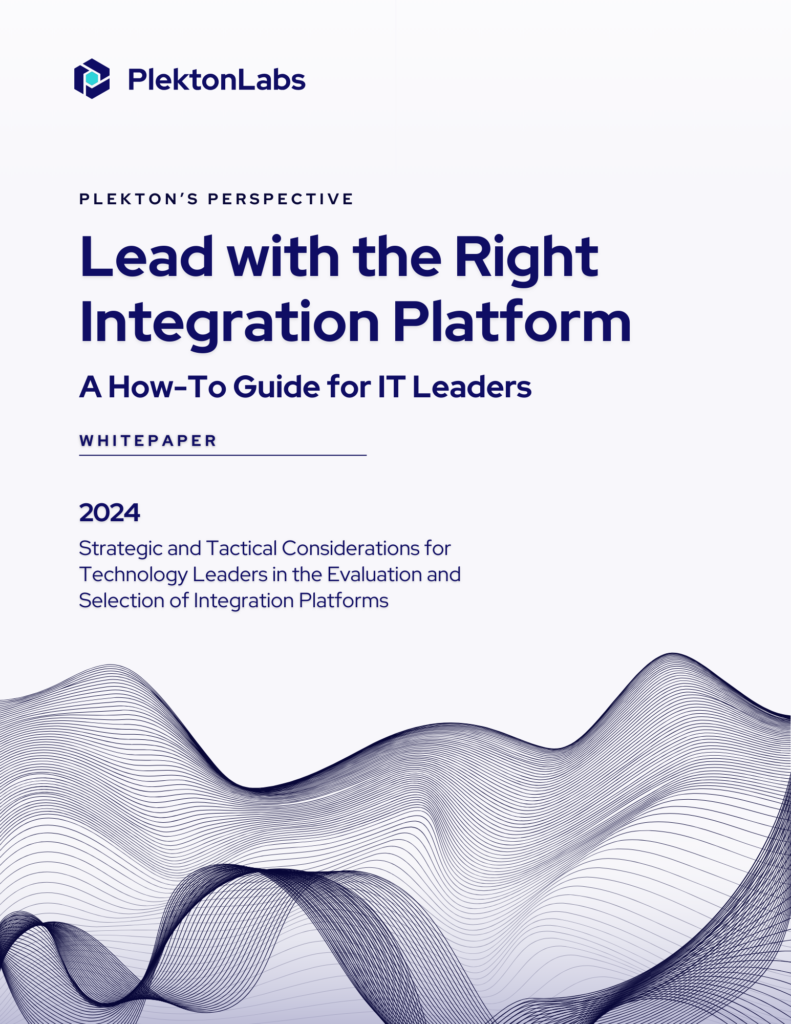So you have all your APIs in place.
What next? Just leave them be? Doing so runs the risk of letting them go haywire. To offset something like this from happening, you need to have a plan in place for API governance. If done right, governance provides the IT side of business a clear direction, breaks down barriers, and enables different parts of the organization to work in tandem while functioning independently.
To lock down an effortless API governance system, management needs to prioritize strategic goals and make sure they are compatible with the dynamics of the business that needs monitoring.
Since different goals can sometimes come into conflict, dividing the categories of API governance into a few key areas will make things a lot easier. Breaking up governance makes it easier to identify objectives, incentivize proper administration— all of which enables the business to achieve its long-term strategies and short-term goals.
Why is API Governance Needed?
The answer to this is pretty straightforward. APIs that are allowed to go unchecked tend to perform at their own pace, and in their own way. This means that each one will function independently. This is especially true for an organization with countless APIs as each API is designed by different people. There are also internal and third-party APIs, all within the same business.
Governance ensures consistency and reliability across all the APIs in your company. There will be no glitches, duplicate codes, an excess number of unnecessary services, and unreliability. In short, API governance will make your APIs perform better and prevent hiccups in their processes.
Kinds of API Governance
In general, there are 4 main kinds of governance involved when managing and monitoring your APIs.
- Centralized: This involves the use of a centralized team that reviews and approves any changes from the API side of things. While this kind of governance seems straightforward, it can lead to bottlenecks, due to high demand, making it a good option for smaller businesses.
- Decentralized: Contrary to a centralized approach, decentralized governance has smaller teams evaluate and corroborate particular aspects of the architecture for a set of related applications. While this seems more efficient than a centralized team, it requires fixed protocols for smoother operations.
- Distributed: Each set of products or related products will have a group of specialists responsible for them. For the right results, these specialists need to have experience, industry knowledge, and a clear view of governance.
- Adaptive: An adaptive process will identify different governance models for different business contexts. Each aspect of the digital business will have its own workflow, and the governance model will focus on control, agility, and autonomy so that governance is customized for specific business needs.
API Governance: What to Look Out For
Many organizations use APIs to support their digital transformation efforts. Without defining the API strategy that corresponds with the organization’s business goals and dynamics one cannot move forward with an effective digital transformation project. The API program leadership usually takes charge of defining a set of objectives for the whole API initiative and govern them from a bird’s eye view.
You need to focus on how any specific API program will have an impact on the goals you are hoping to achieve and measure the rate at which the API is being implemented on different processes. A clear focus on program goals and governance helps the C4E keep the API program on course. Most importantly, this kind of governance will ensure that you are setting the right goals for the long run.
Besides this, individual API tools must come with a standalone product strategy and planned business model. Any API product worth your time needs to be completely self-sustained. To this end, you need to ensure complete alignment of the product vision, market strategy, design, business model.
This angle of governance requires collaboration with marketing as well, in order to quantify API performance and assess consumer feedback.
API product governance revolves around the lifecycle management of individual APIs, making sure they achieve their business objectives and measuring the API product against its defined business model.
Any business will gradually collect more API products as time passes. With the increase of these products, there will be a greater need for overall governance. This is where API portfolio governance comes in. This is needed to manage ongoing changes across the enterprise. Without this governance, an organization can end up with inconsistent developer experiences and potential vulnerabilities.
API portfolio governance involves overseeing the entirety of API products in an organization. Whether you need to merge similar API products, deprecate unused APIs, boost consistency around design, this kind of governance is all you need. You also need to figure out which security and operational policies need to be imposed across your portfolio of APIs.
Your business will also need API governance that occurs automatically in the business’s runtime API interactions. This provides the level of efficiency and scale required in a digital organization. Platform governance is two-fold. It involves providing metrics to and enforcing policies for the other kinds of API governance.
At the same time, it utilizes automation and digital native capabilities to ensure stability, security, and resilience in the operational environment where the API products are employed.
Wrapping Up
Discovering the different areas and models of governance will simplify roles and reduce potential disputes in the general API governance model. Focusing on consumer needs will also make governance simpler. A preemptive measure that any C4E can take to optimize the governance model is establishing a set of principles that outline the API program’s vision. While different aspects of governance will change over time, an organization’s principles will last for the years to come.





